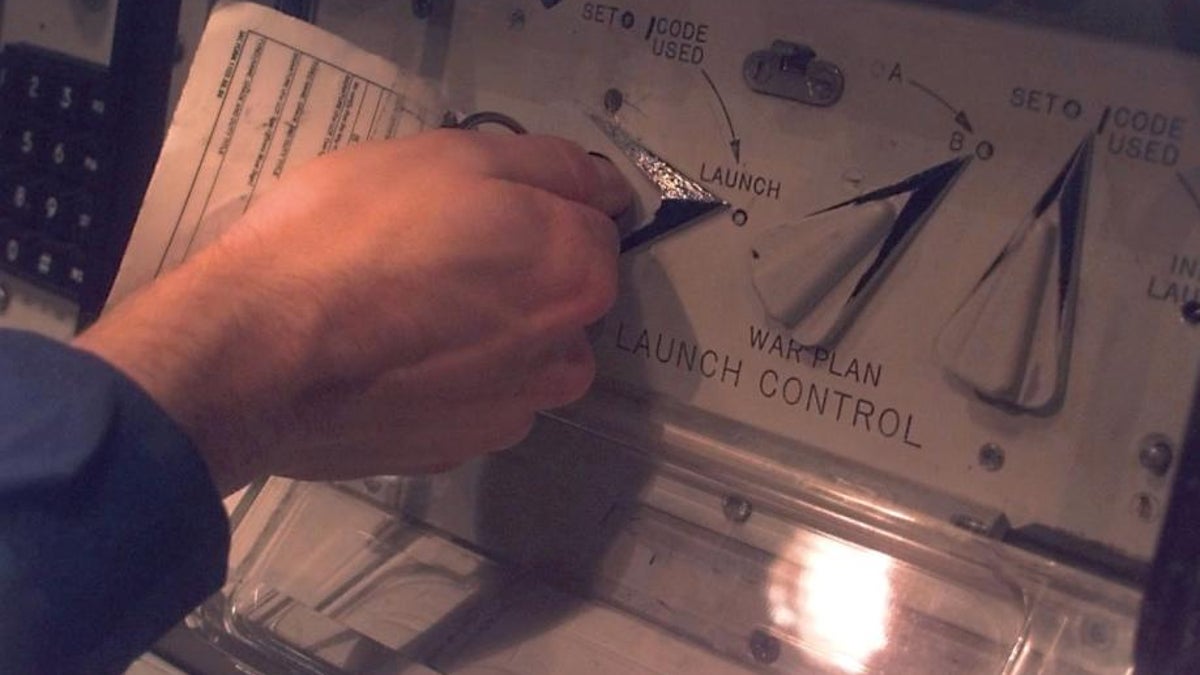Doomsday Clock moves 1 minute closer to catastrophe
Blaming a lack of progress on nuclear arms and climate change, the Bulletin of the Atomic Scientists puts humanity at five minutes before a dire midnight.

Tick, tock. The infamous Doomsday Clock, which represents how close mankind supposedly is to its annihilation, has been moved one minute closer to midnight.
The Bulletin of Atomic Scientists (BAS), which created and maintains the symbolic clock, announced its decision yesterday.
"It is five minutes to midnight. Two years ago, it appeared that world leaders might address the truly global threats that we face. In many cases, that trend has not continued or been reversed. For that reason, the Bulletin of the Atomic Scientists is moving the clock hand one minute closer to midnight, back to its time in 2007."
In pushing the hypothetical hands of time one minute closer to our proverbial destruction, the BAS blamed the lack of progress in reducing nuclear arms and addressing the issue of climate change.
The ratification of the START treaty between the U.S. and Russia in December 2010 was seen as a thaw in nuclear relations. But the failure of many of the world's major nations to act on the Comprehensive Test Ban Treaty continues to put the world in jeopardy, according to the BAS.
"The world still has over 19,000 nuclear weapons, enough power to destroy the world's inhabitants several times over," Jayantha Dhanapala, a member of the BAS Board of Sponsors, said in a statement.
Further, the world has fallen behind in adopting climate change agreements. Such agreements are designed to reduce carbon dioxide emissions by requiring coal producers to capture their CO2 and encouraging the world to invest more heavily in alternative energy sources, such as solar and wind power.
"The global community may be near a point of no return in efforts to prevent catastrophe from changes in Earth's atmosphere," Allison Macfarlane, chair of the BAS Science and Security Board, said in a statement. "The International Energy Agency projects that, unless societies begin building alternatives to carbon-emitting energy technologies over the next five years, the world is doomed to a warmer climate, harsher weather, droughts, famine, water scarcity, rising sea levels, loss of island nations, and increasing ocean acidification."
The BAS's decision is an unfortunate reversal from January 2010, when the clock was moved back to six minutes before midnight.
Since the clock was turned on in 1947, its hands have moved back and forth several times. Starting off at 7 minutes to midnight, the clock was set to two minutes in 1952 after the first test of the hydrogen bomb, according to The Register. It fell back as far as 17 minutes to midnight in 1991 when the U.S. and Russia began cutting down on their nuclear weaponry.

